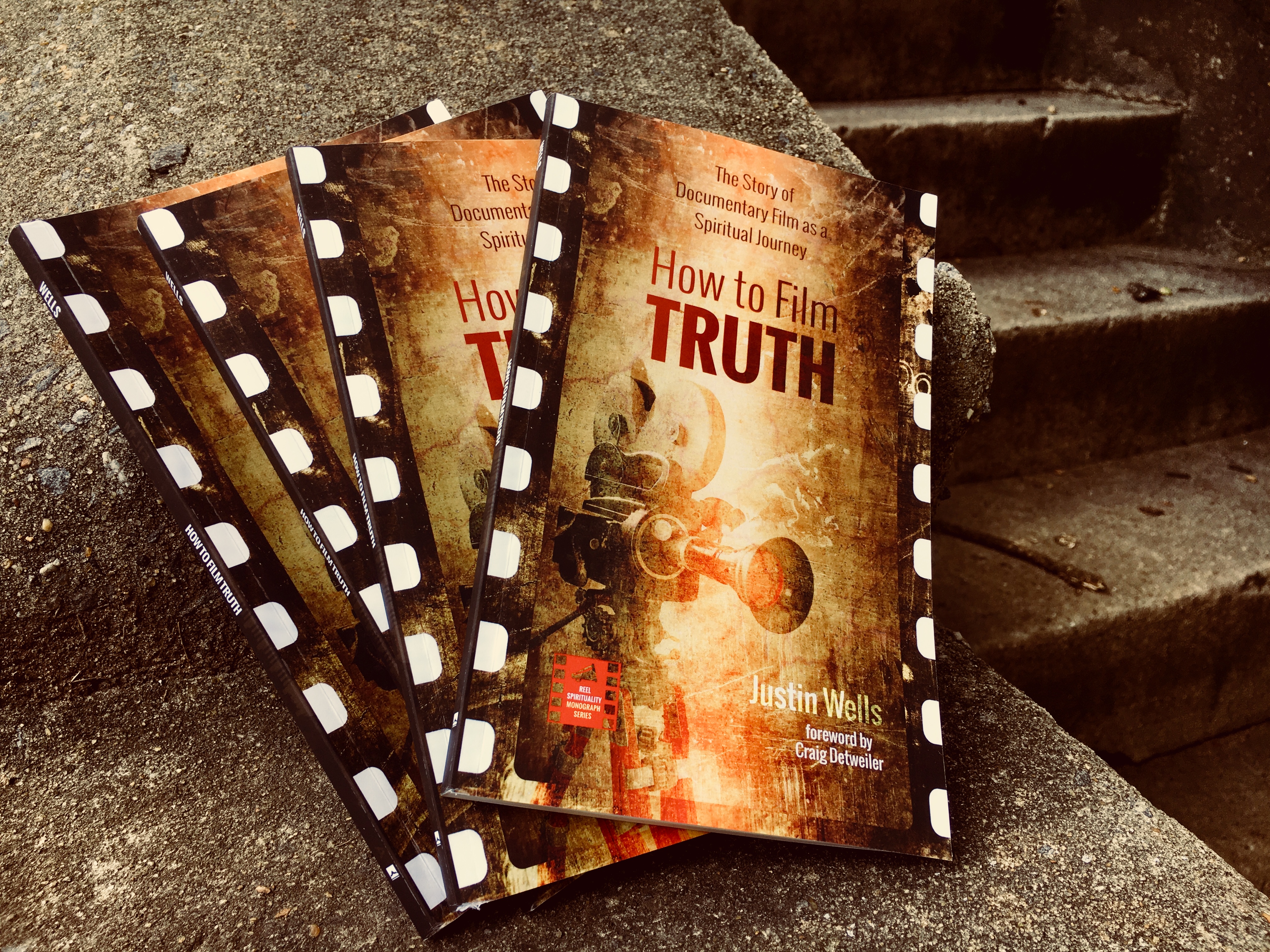How Technology Shapes Our Digital and Social Lives
Craig Detweiler, a former professor of mine and the one who wrote the foreword to my book, has written a book about the digital age called “iGods: How Technology Shapes Our Digital and Social Lives” Here’s an article from the New York Times about the bizarre experience of being in the presence of a great and historic work of art, and seeing the museum patrons more obsessed with their OWN image than the one they have come to see, by taking selfie after selfie in front of the painting. It reminds me of a section of my book, wherein I research Werner Herzog’s notion of documentaey-as-tourism, rather than documentary-as-quest (“journey on foot”). The tourist takes a photo at the sign that says “photo here” to prove in some sense that they were THERE. But Herzog doesn’t think this is a real relationship to the place. A journey that garners a relationship to place is an adventure, open to the unexpected, and requires an awareness and focusing of one’s attention on what is important. It seems to me the selfie craze is in many ways a collective inward turn, which may cause us to lose this habit, or spiritual discipline of […]
